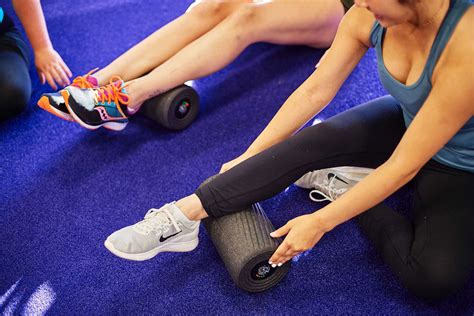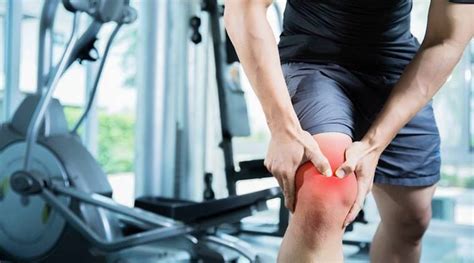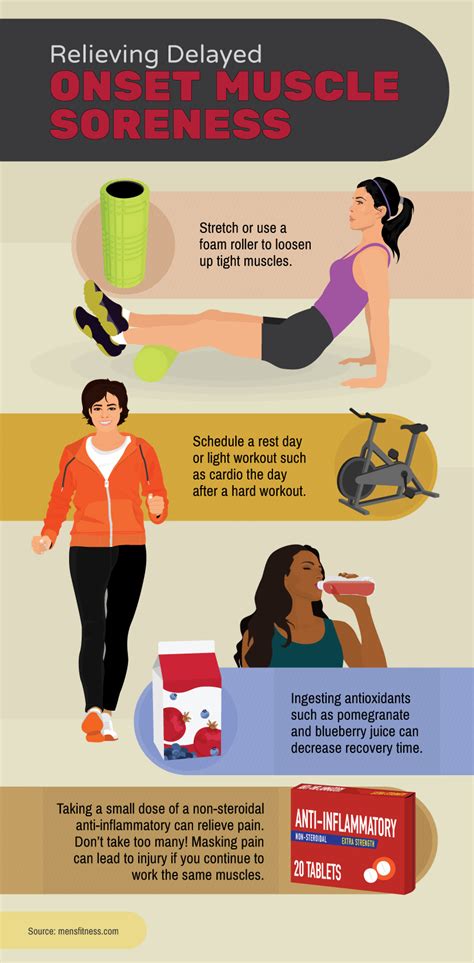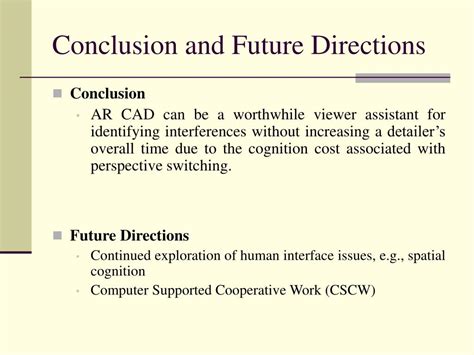Intro
Relieve post workout muscle pain with effective strategies, including stretching, foam rolling, and recovery techniques to reduce soreness and inflammation, promoting faster muscle repair and growth.
Exercise and physical activity are essential components of a healthy lifestyle, offering numerous benefits for our overall well-being, including improved cardiovascular health, weight management, and enhanced mental health. However, one common drawback of engaging in strenuous exercise is the onset of muscle soreness, also known as delayed onset muscle soreness (DOMS). This phenomenon typically occurs 24 to 48 hours after intense or unfamiliar physical activity, leaving many individuals wondering how to alleviate the discomfort and get back to their fitness routines.
Muscle pain and soreness can be a significant deterrent for those who are new to exercise or are trying to establish a consistent workout routine. The discomfort can range from mild to severe and may affect daily activities, sleep quality, and overall motivation to continue exercising. Therefore, finding effective ways to manage and relieve post-workout muscle pain is crucial for maintaining a healthy and active lifestyle. In this article, we will delve into the world of post-workout muscle pain relief, exploring the causes, symptoms, and most importantly, the various strategies and techniques that can help alleviate this common issue.
Understanding the causes and mechanisms behind muscle soreness is the first step towards finding effective relief. When we engage in strenuous exercise, especially if it involves eccentric contractions (lengthening of muscles under load), we cause micro-tears in the muscle fibers. This damage triggers an inflammatory response, leading to the sensation of pain and soreness. Additionally, the accumulation of metabolic byproducts, such as lactic acid, can contribute to the discomfort. Given this understanding, the most effective relief strategies will target these underlying mechanisms, aiming to reduce inflammation, promote muscle repair, and enhance the removal of metabolic waste products.
Introduction to Post Workout Muscle Pain Relief

Causes and Symptoms of Post Workout Muscle Soreness

Types of Exercise That Commonly Cause Muscle Soreness
Certain types of exercises are more likely to cause muscle soreness than others. These include: - Eccentric exercises: Activities that involve lengthening of muscles under load, such as downhill running or the lowering phase of weightlifting exercises. - High-intensity interval training (HIIT): This involves short bursts of high-intensity exercise followed by brief periods of rest, which can cause significant metabolic stress and muscle damage. - New or unfamiliar exercises: Engaging in exercises that the body is not accustomed to can lead to increased muscle damage and soreness.Strategies for Post Workout Muscle Pain Relief

Nutritional Supplements for Muscle Recovery
Nutritional supplements can play a significant role in supporting muscle recovery and alleviating soreness. Key supplements include: - **Protein**: Essential for muscle repair and growth. - **Creatine**: Enhances muscle strength and endurance. - **BCAAs**: May help reduce muscle damage and soreness. - **Glutamine**: Supports immune function and muscle recovery. - **Omega-3 Fatty Acids**: Anti-inflammatory effects that may aid in reducing muscle soreness.Prevention of Post Workout Muscle Soreness

Importance of Hydration in Muscle Recovery
Hydration plays a crucial role in muscle recovery, as water helps to transport nutrients and oxygen to cells and remove waste products. Even mild dehydration can impair physical performance and exacerbate muscle soreness, making adequate hydration essential for athletes and individuals engaging in regular physical activity.Conclusion and Future Directions

What is the best way to prevent post-workout muscle soreness?
+Gradually increasing exercise intensity, proper warm-up and cool-down routines, and ensuring adequate hydration and nutrition are key strategies for preventing post-workout muscle soreness.
How long does post-workout muscle soreness typically last?
+Post-workout muscle soreness, or DOMS, typically lasts between 24 to 48 hours but can vary depending on the intensity of the exercise and individual factors.
Can nutritional supplements help with muscle recovery and soreness?
+Yes, certain nutritional supplements like protein, creatine, BCAAs, and omega-3 fatty acids can support muscle recovery and may help alleviate muscle soreness.
We hope this comprehensive guide to post-workout muscle pain relief has provided you with valuable insights and practical strategies to manage and prevent DOMS. Whether you're a seasoned athlete or just starting your fitness journey, understanding how to care for your muscles can make a significant difference in your performance and overall well-being. Feel free to share your experiences, ask questions, or suggest topics you'd like to explore further in the comments below. Together, let's build a community that supports and motivates each other to reach new heights in health and fitness.
